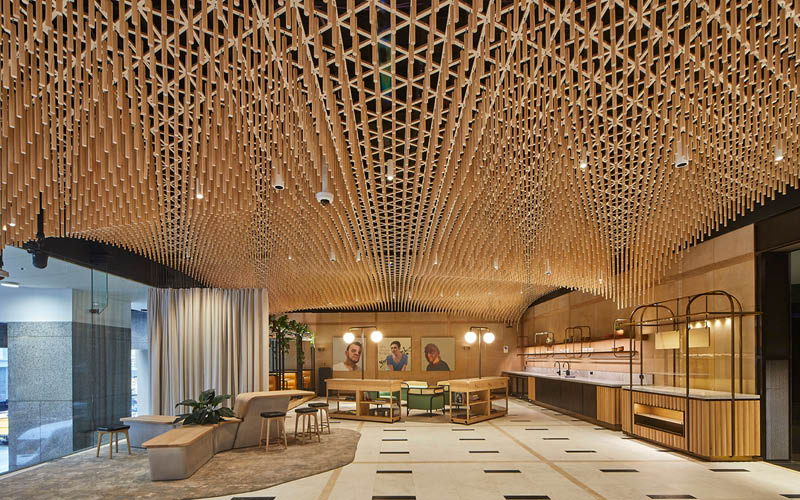Designing With Timber – Applications of Timber Species
Using timber products indoors can make us feel connected to nature – positively impacting on our health, wellbeing and productivity.
Plus, when used indoors, timber products have been shown to improve air quality. As the only renewable building material, timber is durable and can be used in a wide range of residential and commercial applications. If it’s properly maintained, it can last for hundreds of years.
In this blog, we’ll help you understand the characteristics of various species and their applications when designing with timber.
Clear Pine
Clear Pine is a soft, low density timber that is typically cream to light-straw in colour. As a Select Grade product, it is knot-free and very easy to work with. It can be stained, painted, waxed or colour-washed. Clear Pine is ideal for use in low traffic areas or ceiling features. It is also suitable for use as mouldings, decorative trim, wainscoting, panelling / lining boards, internal joinery and DIY projects. With an oil-based undercoat or stain finish, Clear Pine can also be used in wet areas.
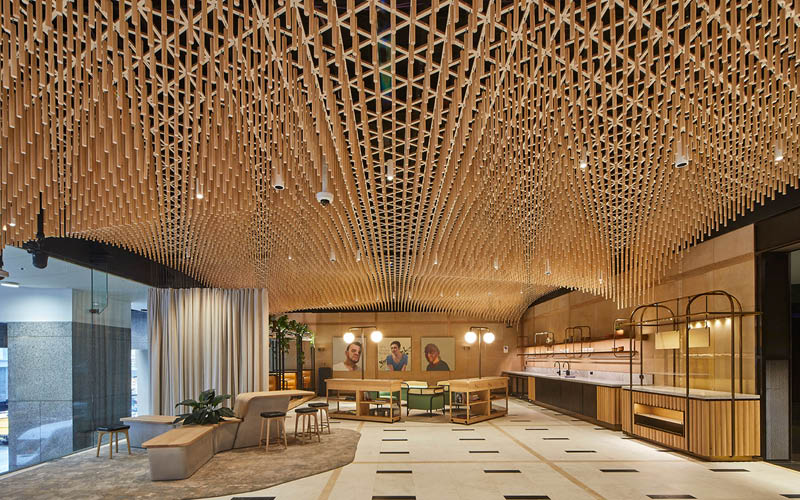
The harder the timber, the harder wearing it is – affecting its potential application.
No. 1 Martin Place, Sydney | Designers: Adriano Pupilli Architects & Siren Design | Builder: Graphite Projects | Installer: Keystone Linings | Photographer: Tyrone Branigan | Product: Porta Dowel in Clear Pine.
Primed FJ Pine
Primed Finger Jointed (FJ) Pine is pre-coated with two coats of a specially developed water-based primer (matte white in appearance). Made from FJ Clear Pine, Primed FJ Pine provides enhanced strength and stability and the FJ glue-bonds offer longer lengths. Porta’s Primed FJ Pine products are ready to paint with either water (acrylic) or oil-based paints. Primed FJ Pine is ideal for a wide variety of internal applications including window & door trims, architrave, skirting, wainscoting / decorative wall trim, toys, joinery/shelving, diy projects, panelling / lining boards.
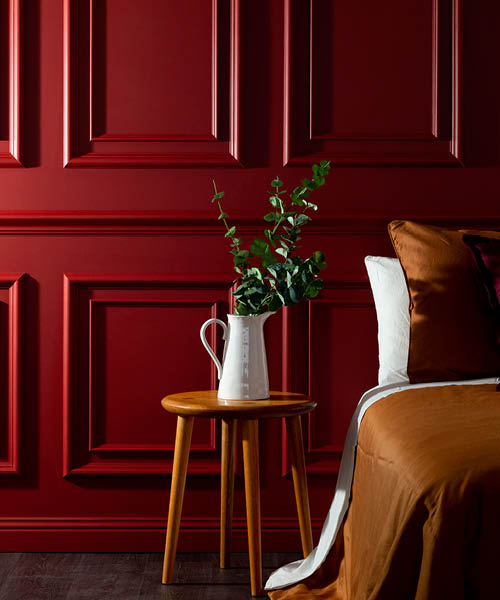
The strength and stability of timber ensures a long lasting design.
Contemporary twist on traditional mouldings | Product: Porta Mouldings in Primed FJ Pine.
Tasmanian Oak
Tasmanian Oak is a strong and stable timber. It ranges in colour from ‘straw’ to light reddish/brown and is well known for its staining qualities – it can be easily matched with others timbers, finishes and furnishings. Porta’s core moulding range is Select Grade, which features very few marks and natural characteristics, making it a stronger, cleaner and more versatile. Natural variations in grain, colour and texture are considered a characteristic of the species and are not recognised as a defect.
Tasmanian Oak is ideal for use in high traffic areas where wear and tear is prominent. It is also suitable for use in furniture, mouldings, decorative trim, cabinetry, flooring, windows & doors, architraves & skirting, toys, diy projects and woodturning projects (Select Grade only).
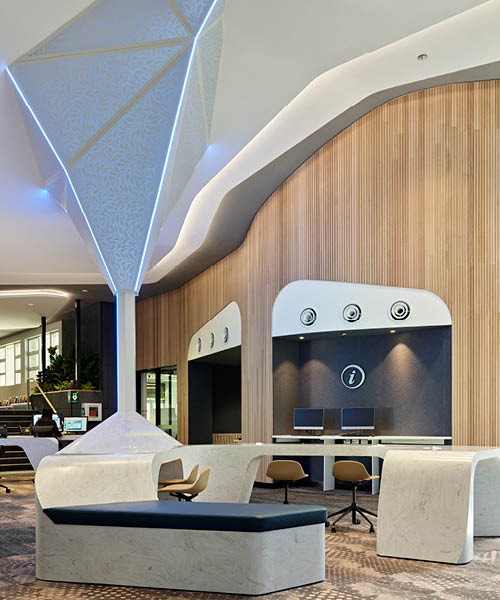
As a natural product, timber has variations – no two pieces of timber look alike.
QUT College, P Block, Brisbane Queensland | Designers: PDT Architects | Construction: Buildcorp | Photographer: Scott Burrows | Products: Porta Contours – Strata, Plateau-39 & Riverine in Tasmanian Oak.
Meranti
Meranti is a soft to firm hardwood that is not subject to warping or twisting. It is also dent resistant. Meranti ranges from pale-red to reddish/brown in colour and has a moderately coarse grain that is even in texture. Meranti is easy to work with and readily accepts varnish, paint or stain. Its open grain structure means surfaces should be sanded before finishing. Because of its stability, Meranti can be used in high internal traffic areas where wear and tear is prominent including in mouldings, cabinetry, architraves & skirting, newel posts, handrails, furniture and panelling.
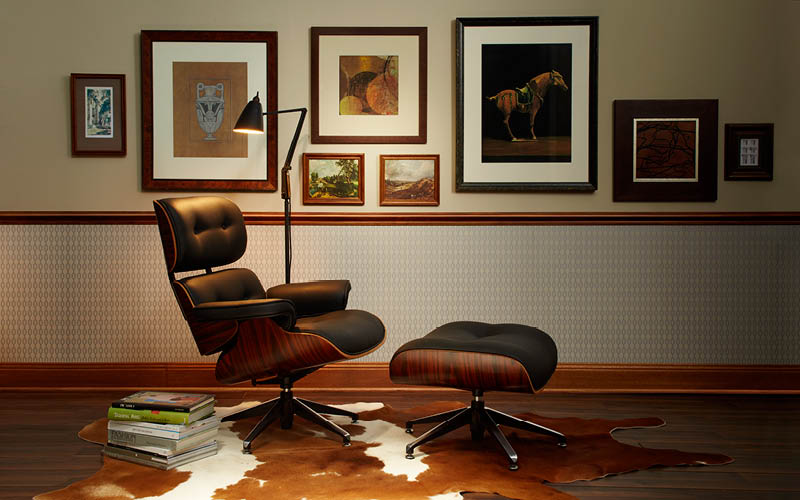 The dent resistance of Meranti makes it highly suitable for use in applications where wear and tear is prominent. | Product: Porta Mouldings in Meranti
The dent resistance of Meranti makes it highly suitable for use in applications where wear and tear is prominent. | Product: Porta Mouldings in Meranti
Want further information on our timber species?

